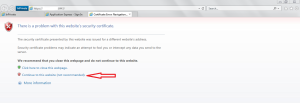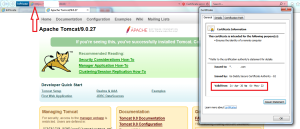Description:
This article shows how to enable HTTPS for Tomcat. It uses a Third party vendor certificate for wildcard SSL and It should be format of certificate .jks or .pem. In our case APEX is deployed on Apache Tomcat.
Environment:
In our case, version is apache-tomcat-9.0.27
Step 1:In our case use the certificate for wildcard in .jks format and ssl key.txt to move the Tomcat home in conf location.
/app/tomcat/apache-tomcat-9.0.27/conf

Step 2: Configuring the below information to Tomcat Server.xml file, to enable HTTPS
Note:
server.xml is a file located in the conf directory of the Tomcat.
ie, “$CATALINA_HOME/conf/server.xml”
/app/tomcat/apache-tomcat-9.0.27/conf
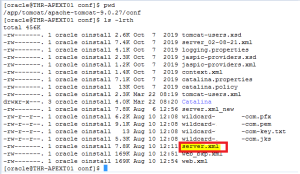
[oracle@THR-APEXT01 conf]$ vi server.xml
<Connector port=”8443″ protocol=”HTTP/1.1″
maxThreads=”250″ SSLEnabled=”true” scheme=”https” secure=”true”
keystoreFile=”/app/tomcat/apache-tomcat-9.0.27/conf/wildcard-certificate-com.jks”
keystorePass=”cAW9R52FChjw”
clientAuth=”false” sslProtocol=”TLS” sslEnabledProtocols=”TLSv1.2″
URIEncoding=”UTF-8″
/>
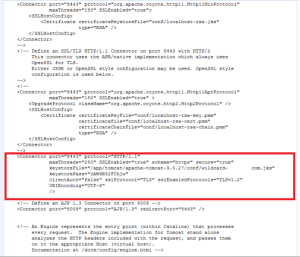
Step 3: Configuring the below information to Tomcat web.xml file.
/app/tomcat/apache-tomcat-9.0.27/conf
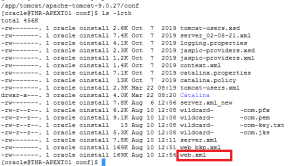
[oracle@THR-APEXT01 conf]$ vi web.xml
<security-constraint>
<web-resource-collection>
<web-resource-name>webapps</web-resource-name>
<url-pattern>/*</url-pattern>
<http-method>GET</http-method>
</web-resource-collection>
<user-data-constraint>
<transport-guarantee>CONFIDENTIAL</transport-guarantee>
</user-data-constraint>
</security-constraint>
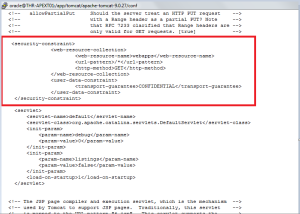
Step 3: First run .env file then Stop and Start Apache Tomcat service.
/app/tomcat/apache-tomcat-9.0.27/bin
[oracle@THR-APEXT01 bin]$ sh shutdown.sh
[oracle@THR-APEXT01 bin]$ sh startup.sh
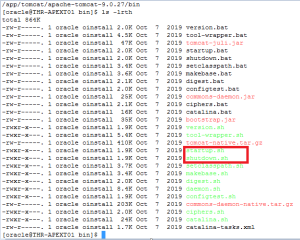
Step 5: After restart, you can access the link and see the changes,Check HTTPS url and certification: https://localhost:8443
In Using Chrome:
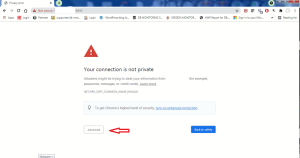
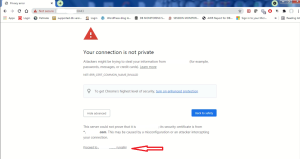
In Using Internet Explorer:
